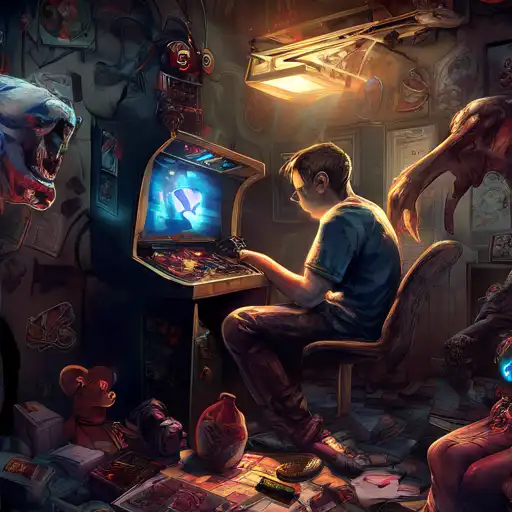Introduction to Gaming Addiction
Gaming addiction has emerged as a significant concern in the digital age, affecting individuals across various age groups. This article delves into the psychological underpinnings of gaming addiction, shedding light on why some individuals are more susceptible than others.
The Role of Dopamine in Gaming Addiction
At the heart of gaming addiction lies the brain's reward system, primarily driven by dopamine. This neurotransmitter plays a pivotal role in how we experience pleasure and motivation. Games are designed to trigger dopamine releases, creating a cycle of reward and reinforcement that can lead to addictive behaviors.
Psychological Vulnerabilities to Gaming Addiction
Not everyone who plays video games develops an addiction. Certain psychological factors increase vulnerability, including:
- Low self-esteem
- Social anxiety
- Depression
- Lack of real-life social connections
These factors can make the virtual world of gaming more appealing than real-life interactions, leading to excessive play.
The Impact of Game Design on Addiction
Game developers employ psychological principles to keep players engaged. Features like:
- In-game rewards
- Level progression
- Social interaction elements
are designed to tap into the player's psychological needs, making it harder to stop playing.
Strategies for Managing Gaming Addiction
Understanding the psychology behind gaming addiction is the first step toward managing it. Strategies include:
- Setting time limits for gaming
- Seeking alternative activities that fulfill psychological needs
- Professional counseling for underlying issues
For more insights into managing digital habits, explore our article on digital wellness.
Conclusion
Gaming addiction is a complex issue rooted in psychological mechanisms. By recognizing the triggers and implementing healthy gaming habits, individuals can enjoy gaming without falling into addictive patterns. Remember, moderation is key to maintaining a balanced lifestyle.
